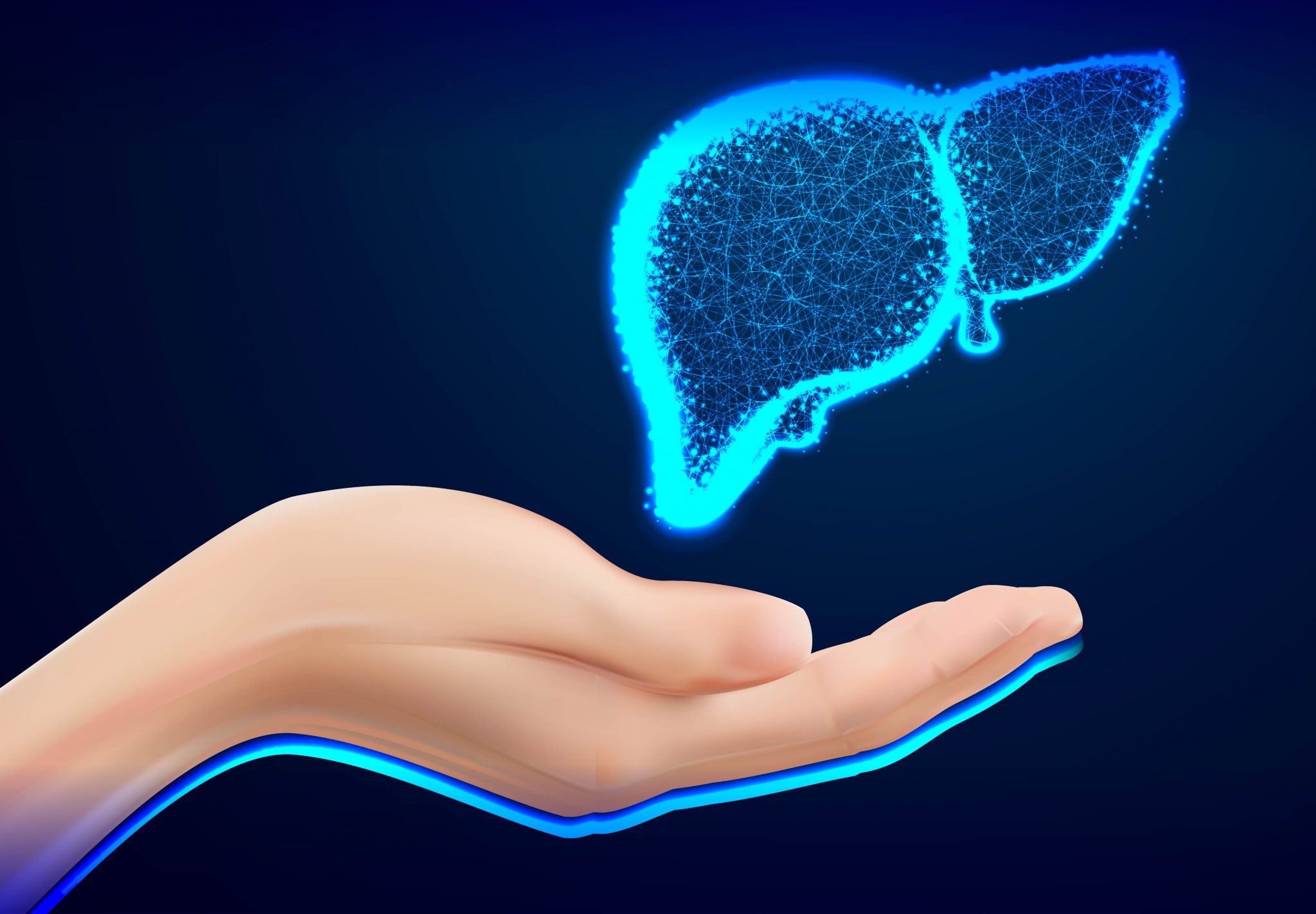Age is one of the main factors affecting an individual’s nutrients requirement. In fact, older adults are at a greater risk of deficiency for specific nutrients.
Due to the aging process, older adults often experience a decline in various physiological functions; for example reduced lean body mass, which results in decreased basal metabolic rate, lowered gastric secretion of digestive juices, and oral health issues.
Consequently, these problems will further cause poor nutrient absorption, poor appetite, and reduced food intake2. Below are five of the most common nutrient deficiencies that are found in older adults.
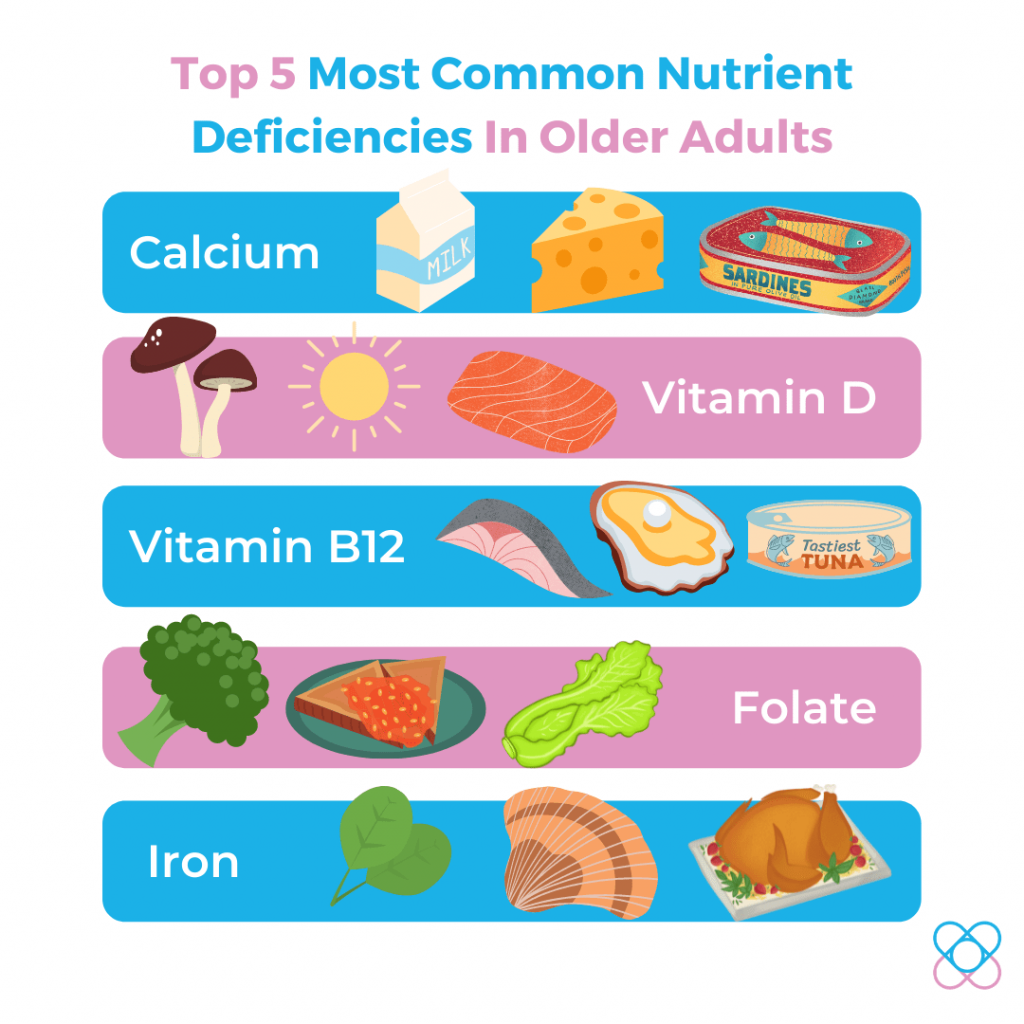
1. Calcium Deficiency
Calcium is essential for vascular contraction and relaxation, muscle function, as well as nerve transmission. However, insufficient intake or poor absorption of calcium is common among older populations, leading to severe calcium deficiency which is characterized by dry scaly skin, brittle nails, coarse hair, and muscle cramps in the back and legs. In fact, long term calcium deficiency also leads to confusion, memory loss, delirium, depression, and hallucinations3,6.
Additionally, calcium also contributes to bone density and strength. Thus, deficiency in calcium may reduce bone mass, leading to osteoporosis, a skeletal disease characterized by reduced bone mass, increased bone fragility, and susceptibility to fracture1. To note, osteoporosis in older adults can be a silent killer that can lead to long-term disability if they fall and break a bone. Therefore, sufficient calcium intake is important in preventing osteoporosis.
Food sources
- Dairy products (milk, yogurt, and cheese)
- Fish with edible soft bones (canned sardines and anchovies)
- Dark green leafy vegetables (spinach, mustard leaves, kailan, and broccoli)15
An example of a high calcium meal:
Tuna wholemeal sandwich with low sodium cheese and a glass of low-fat milk.
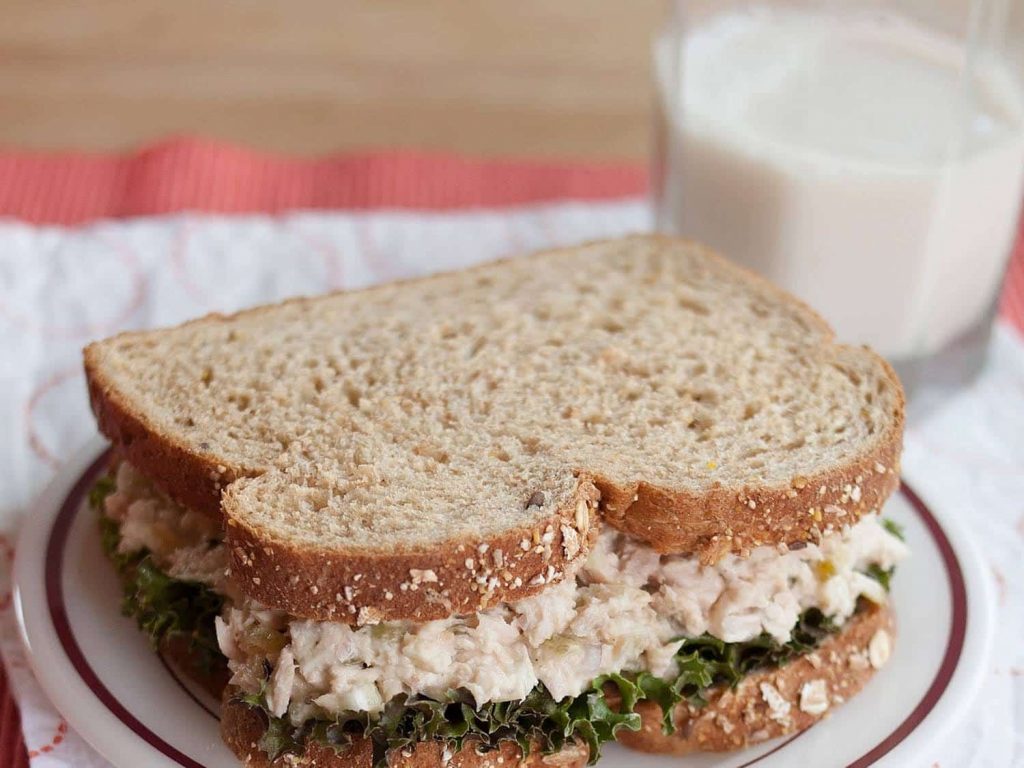
READ ALSO: CALCIUM and its Health benefits
2. Vitamin D Deficiency
There are two main forms of vitamin D: vitamin D2 (ergocalciferol) and D3 (cholecalciferol). Vitamin D2 comes from plant sources while vitamin D3 is found in animal sources; human skin can also produce D3 through sunlight exposure.
Vitamin D works with calcium to supporting bone structure as the body requires sufficient vitamin D to form calcitriol for calcium absorption3. However, the skin’s ability to synthesize vitamin D deteriorates as you age. Furthermore, older adults usually are less active and spend little time in outdoor activities, which equals limited natural sunlight exposure.
Therefore, extra attention needs to be paid to their dietary vitamin D intake to prevent osteoporosis in older adults.
Food sources
- Mushrooms that are grown in ultraviolet light
- Fatty fish (salmon, tuna, sardine, mackerel)
- Fortified dairy products (milk, cheese, yoghurt)13
Other Sources: Light outdoor exercise for 10 – 15 minutes, 2 – 3 times/week can help achieve vitamin D needs. Simply ensure that the skin is uncovered and no sunscreen is applied16.
An example of a high vitamin D meal:
Baked salmon with herbs and a glass of low-fat milk.
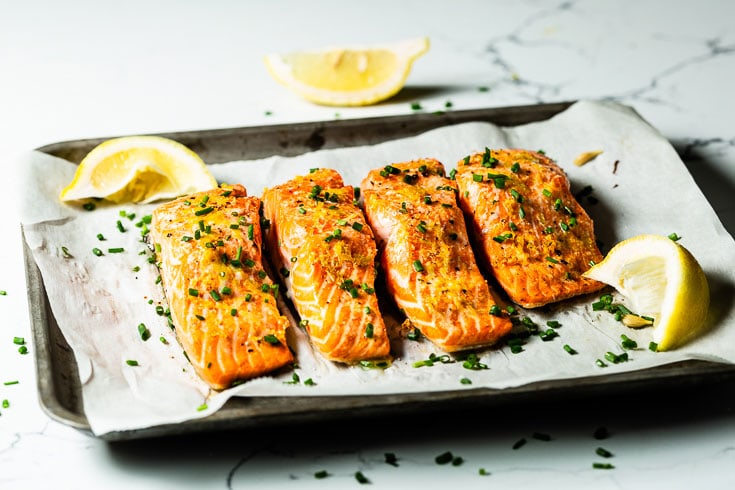
READ ALSO: How To Know You’re Getting Enough Vitamin D?
3. Vitamin B12 Deficiency
Vitamin B12 plays a vital role in red blood cell formation, neurological function, and DNA synthesis. The consequences of vitamin B12 deficiency include megaloblastic anemia. It is characterized by large, abnormally nucleated red blood cells12.In addition, one may also experience fatigue, weakness, constipation, loss of appetite, and weight loss5.
Aside from that, neurological changes such as numbness and tingling in the hands and feet, difficulty to walk, memory loss, disorientation, and dementia8 were also shown in vitamin B12 deficit individuals.
Food sources
- Animal products (clams, liver, oysters, mussels, mackerel, tuna)
- Some algae (seaweed)
- Fortified products (breakfast cereal)7
An example of a high vitamin B12 meal:
Grilled mackerel, miso seaweed soup, and brown rice, and a glass of plain water.

4. Folate/Folic acid Deficiency
Folate helps in the production of red blood cells as well as maintaining mood and cognitive function. Signs and symptoms of folate deficiency are megaloblastic anemia, weakness, fatigue, difficulty in concentrating, irritability, shortness of breath, dementia, and depression14.
Megaloblastic anemia may also be caused by vitamin B 12 or folate deficiency. Thus, to figure out the culprit behind it, blood tests are required for proper diagnosis.
Food sources
- Legumes (baked beans, black-eyed peas, kidney beans)
- Green leafy vegetables (spinach, mustard greens, lettuce, broccoli)
- Fortified grain products (cornflakes, breakfast cereal, rice, white bread)10
An example of a high folate meal:
Fortified white bread, scrambled eggs, baked beans, salad (lettuce, spinach, tomatoes), and a glass of low-fat milk.
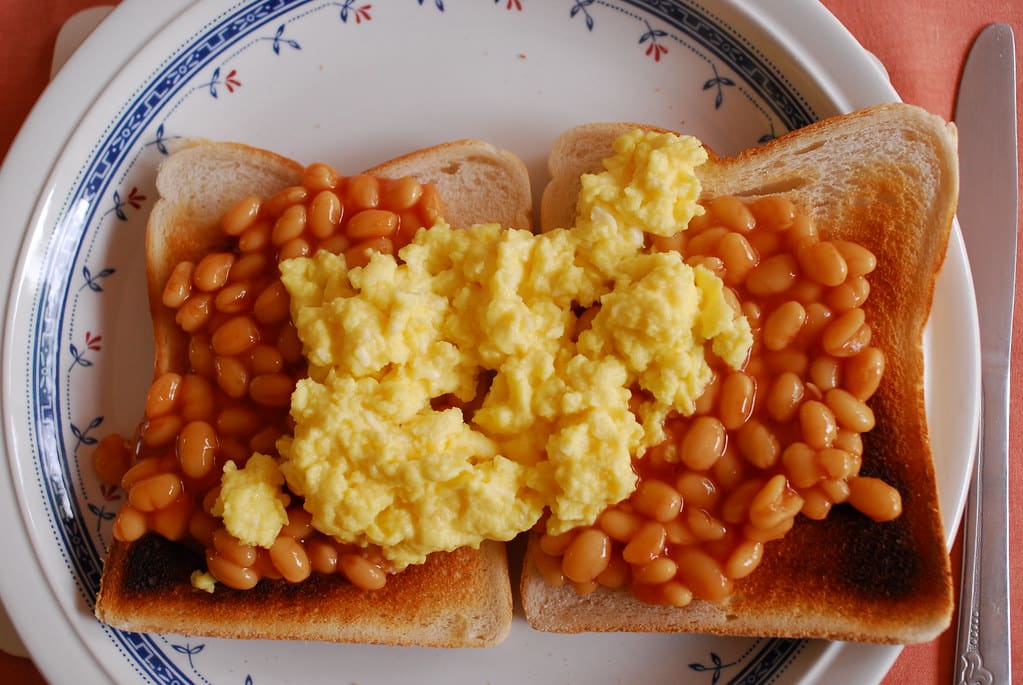
5. Iron Deficiency
Iron is a component of hemoglobin that is involved in the transportation of oxygen from the lungs to the tissues. Extreme fatigue, weakness, pale skin, chest pain, shortness of breath, headache, dizziness, cold hands and feet and etc may indicate iron deficiency anemia, which is the most common type of anemia.4
There are two types of iron, namely haem iron, and non-haem iron can be found in food. Animal protein contains both haem iron (40-45%) and non-haem iron (55-60%) whereas plant-based food contains only non-haem iron. Compared to non-heme iron, heme iron is more readily absorbed by the body. In spite of that, a well-planned diet can still maximize iron absorption by the body.
Some tips would be to avoid caffeine and consume citrus fruits during meals, as vitamin C enhances iron absorption while caffeine has iron-binding phenolic compounds that restrain iron absorption.
Food sources
- Grains
- Legumes
- Dark leafy vegetables
- Nuts & seeds
- Eggs
- Dairy products
An example of a high iron meal:
Fried rice (fortified white rice, chicken breast, egg, anchovies, spinach, green peas, carrots, corn), guava, and a glass of plain water.
Note: Use minimal cooking oil, lightly seasoned with salt and pepper.
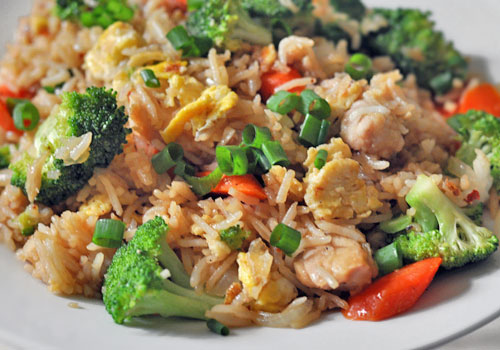
It is also important to note that the National Health and Morbidity Survey (NHMS 2019) reported the highest prevalence of anemia in populations aged 75 and above. 28.4 % of them suffer from mild anemia while 15.9% of them have moderate and severe anemia. Therefore, making sure their diet is rich in vitamin B12, folate, and iron helps to prevent anemia among older adults.
Conclusion
In short, proper nutrition makes the aging process easier for elderly populations. It can improve their quality of life too. It’s very important to consult health professionals before taking any supplements to treat any nutrient deficiencies.
Worried about having risk for certain nutrient deficiency? Discover your nutrigenomics profile with DNA Explorer Personal!
References
1. Assessment of fracture risk and its application to screening for postmenopausal osteoporosis : report of a WHO study group [meeting held in Rome from 22 to 25 June 1992]. (1994). Retrieved 15 June 2021, from https://apps.who.int/iris/handle/10665/39142
2. Brownie, S. (2006). Why are elderly individuals at risk of nutritional deficiency?. International Journal Of Nursing Practice, 12(2), 110-118.
3. Calcium and Vitamin D: Important at Every Age | NIH Osteoporosis and Related Bone Diseases National Resource Center. (2018). Retrieved 15 June 2021, from https://www.bones.nih.gov/health-info/bone/bone-health/nutrition/calcium-and-vitamin-d-important-every-age
4. Iron deficiency anemia – Symptoms and causes. (2019). Retrieved 15 June 2021, from https://www.mayoclinic.org/diseases-conditions/iron-deficiency-anemia/symptoms-causes/syc-20355034
5. Kapadia, C. (1995). Vitamin B12 in health and disease: part I–inherited disorders of function, absorption, and transport. Gastroenterologist., 3(4), 329-44.
6.Lewis, J. (2020). Hypocalcemia (Low Level of Calcium in the Blood) – Hormonal and Metabolic Disorders – MSD Manual Consumer Version. Retrieved 15 June 2021, from https://www.merckmanuals.com/home/hormonal-and-metabolic-disorders/electrolyte-balance/hypocalcemia-low-level-of-calcium-in-the-blood
7. Ministry of Health Malaysia. (2017). Recommended Nutrient Intakes for Malaysia. Putrajaya.
8. National Academy Press. (1998). Dietary reference intakes for thiamin, riboflavin, niacin, vitamin B₆, folate, vitamin B₁₂, pantothenic acid, biotin, and choline. Washington, D.C.
9. Office of Dietary Supplements – Calcium. (2021). Retrieved 15 June 2021, from https://ods.od.nih.gov/factsheets/Calcium/HealthProfessional/
10. Office of Dietary Supplements – Folate. (2021). Retrieved 15 June 2021, from https://ods.od.nih.gov/factsheets/Folate-HealthProfessional/
11. Office of Dietary Supplements – Iron. (2021). Retrieved 15 June 2021, from https://ods.od.nih.gov/factsheets/Iron-HealthProfessional/
12. Office of Dietary Supplements – Vitamin B12. (2021). Retrieved 15 June 2021, from https://ods.od.nih.gov/factsheets/VitaminB12-HealthProfessional/#en40
13. Office of Dietary Supplements – Vitamin D. (2021). Retrieved 15 June 2021, from https://ods.od.nih.gov/factsheets/VitaminD-HealthProfessional/
14. Rohida, S., Junidah, R., & Faulina, K. (2008). Nutrients Need – PORTAL MyHEALTH. Retrieved 15 June 2021, from http://www.myhealth.gov.my/en/nutrients-need/
15. Tee, E., Ismail, M., Mohd Nasir, A., & Khatijah, I. (1997). Nutrient Composition of Malaysian Foods (4th ed.). Kuala Lumpur: Malaysia Food Composition Database Programme, Institute for Medical Research.
16. Vitamin D Deficiency: Symptoms & Treatment. (2019). Retrieved 15 June 2021, from https://my.clevelandclinic.org/health/articles/15050-vitamin-d–vitamin-d-deficiency
